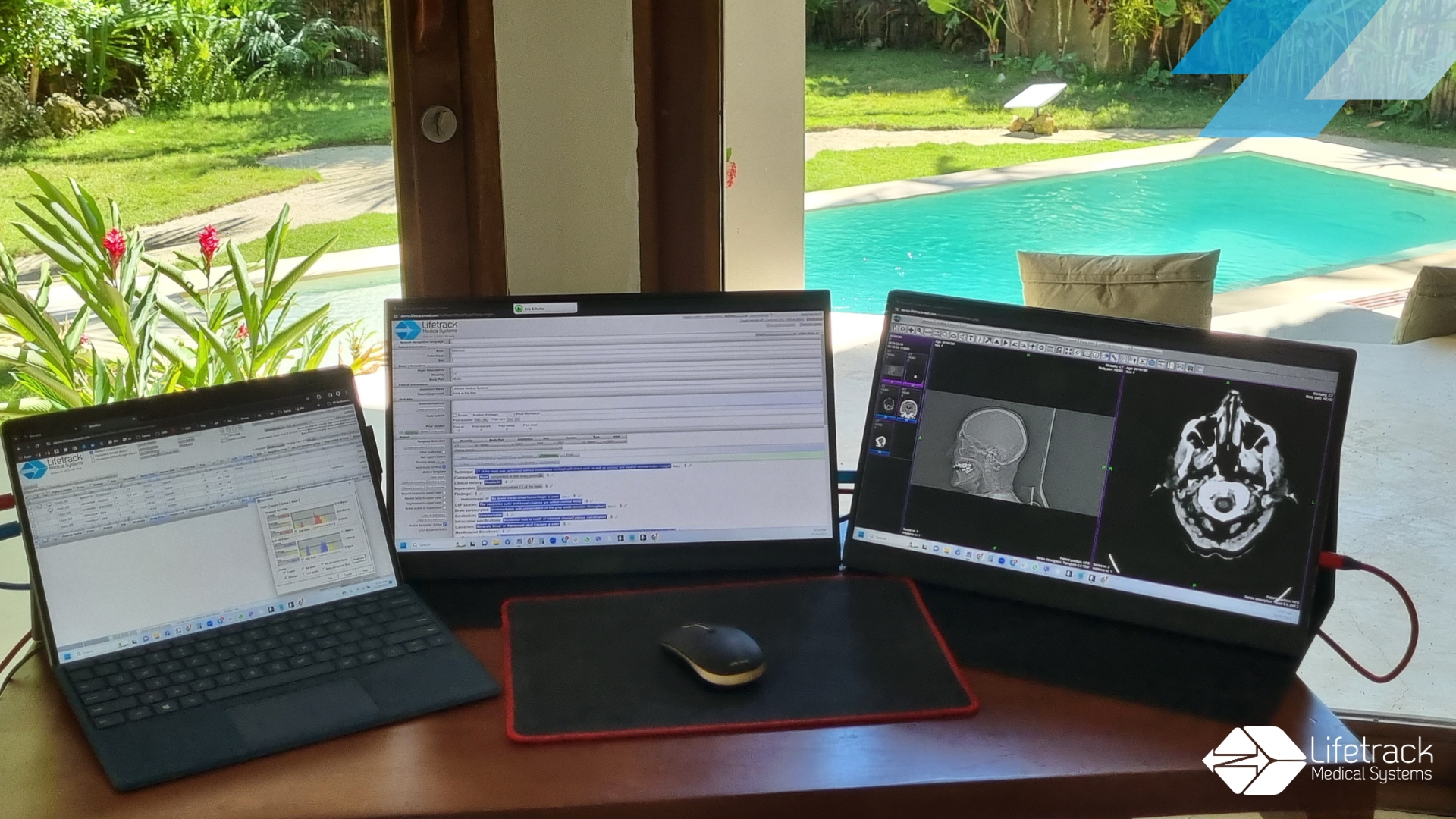
Introduction
Starlink is a satellite internet project developed by Elon Musk's SpaceX. The project involves deploying many small satellites in low Earth orbit, forming a network that can deliver internet services directly to user terminals on the ground. The goal of this satellite-based internet system is to improve connectivity, especially in areas with limited or no access to traditional broadband services. Starlink aims to provide high-speed, low-latency internet access to underserved and remote areas worldwide.
Many in the healthcare industry wonder: How can Starlink impact access to high-quality healthcare in remote locations, specifically radiology and medical imaging?
The Starlink network improves teleradiology in regions where traditional internet infrastructure may be limited. It enables faster, more streamlined communication and patient care between district and regional hospitals.
This article highlights the specific experience of Dr. Eric Schulze, Radiologist and the Chief Executive Officer of Lifetrack Medical Systems.
Dr. Schulze wanted a way to read studies during his travels, so he used both Starlink and Lifetrack PACS to accomplish this. These technologies ensure continuity of patient care and contribute to timely and accurate diagnoses from remote locations.





![Mental Wellness for Radiologists in the time of COVID-19 [Top 10 TIPS]](https://www.lifetrackmed.com/hubfs/RRR%20Blog%20Media/%5BPHOTO%5D%20201008%20PH%20Blog%203%20Top%2010%20Mental%20Wellness%20700x350.png)

